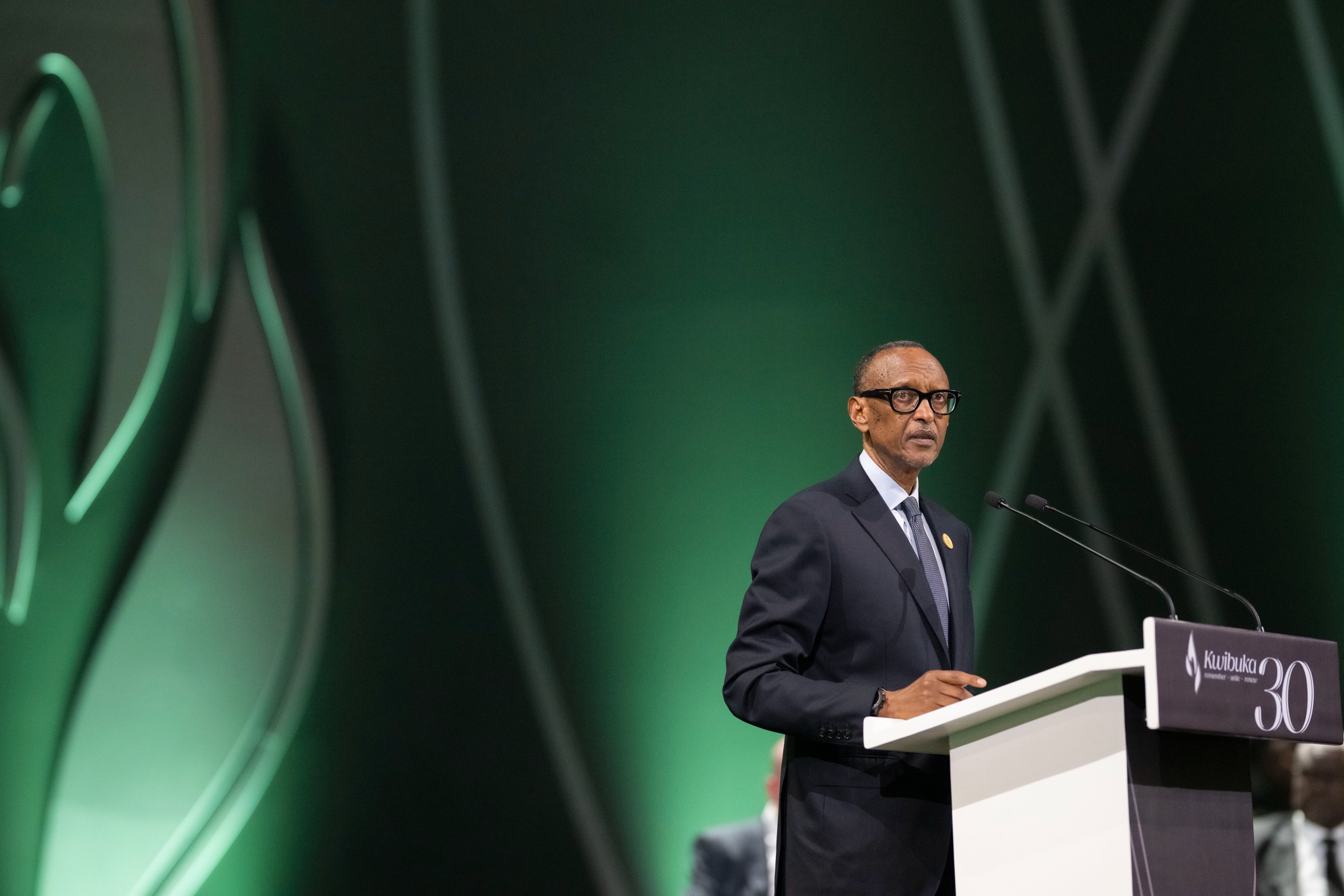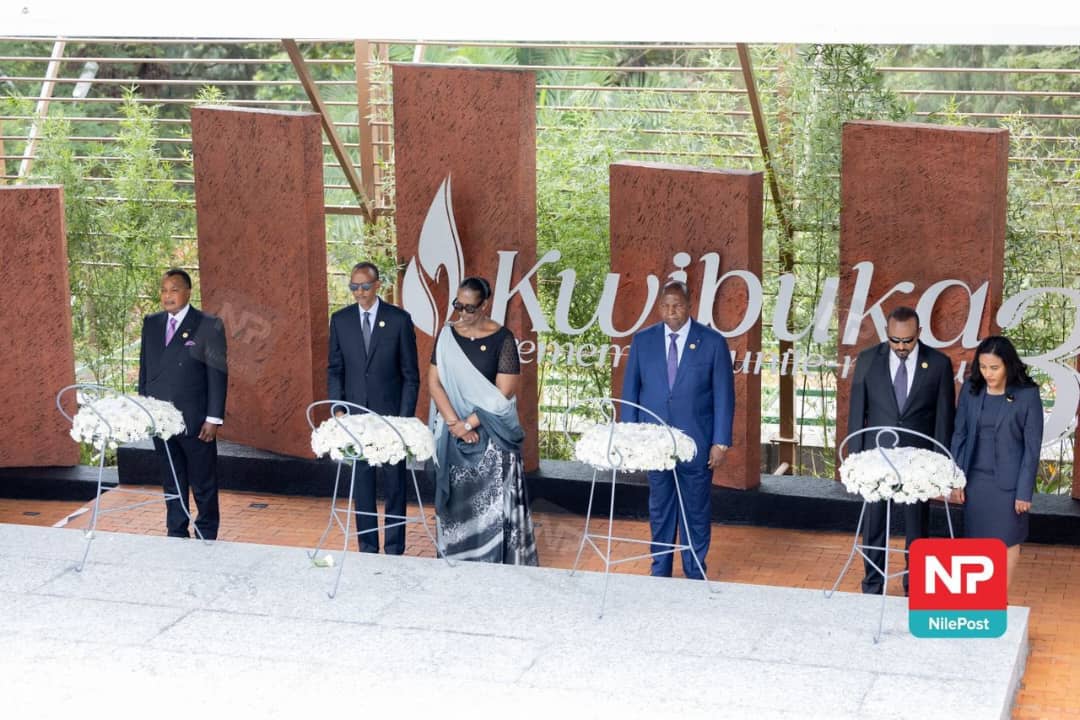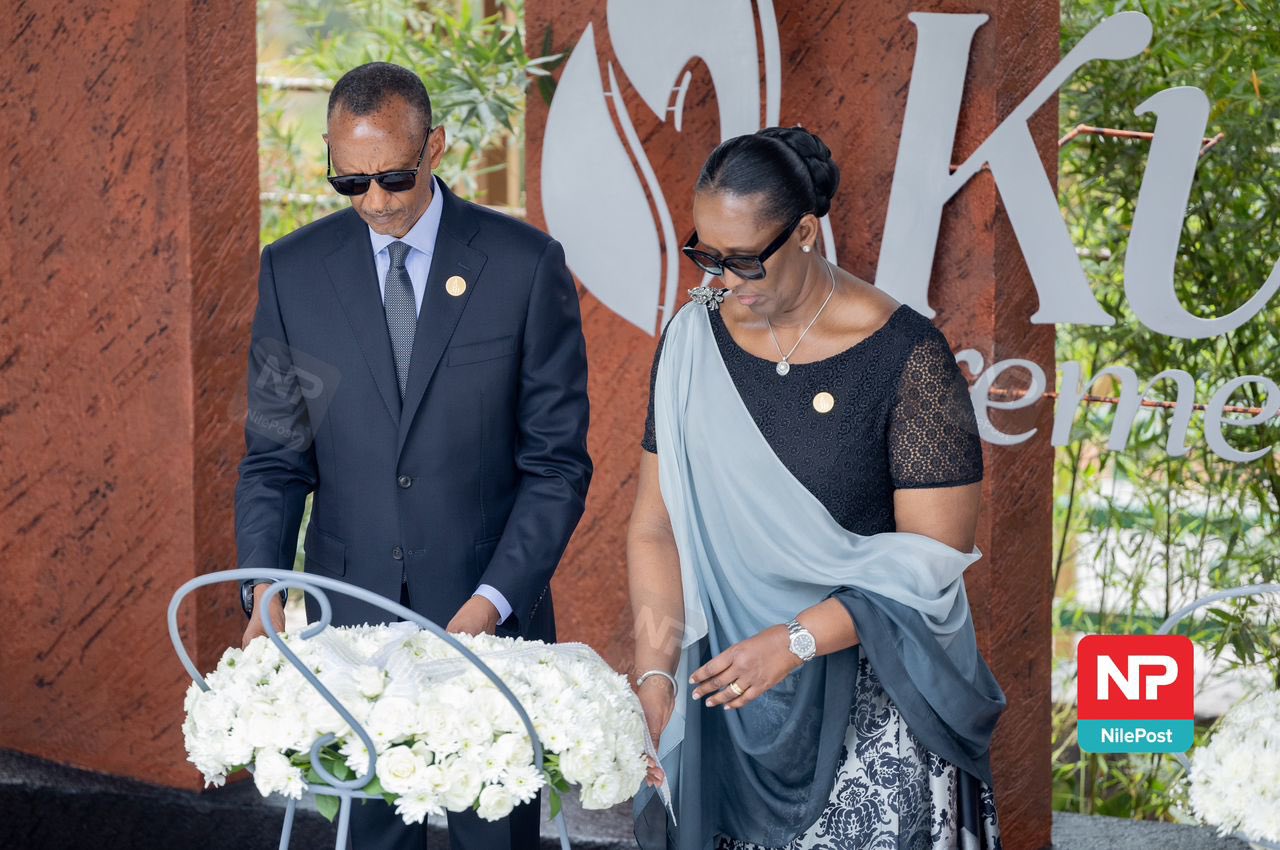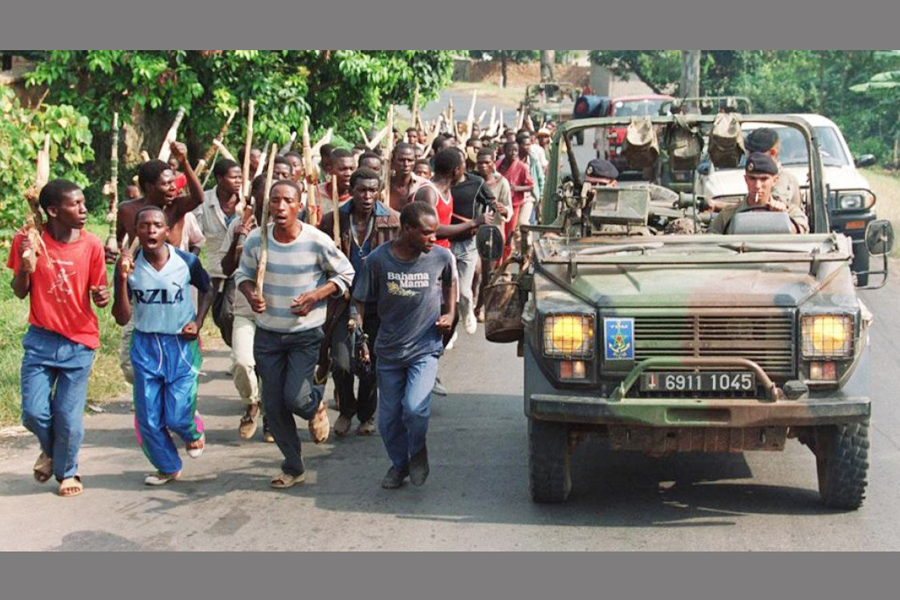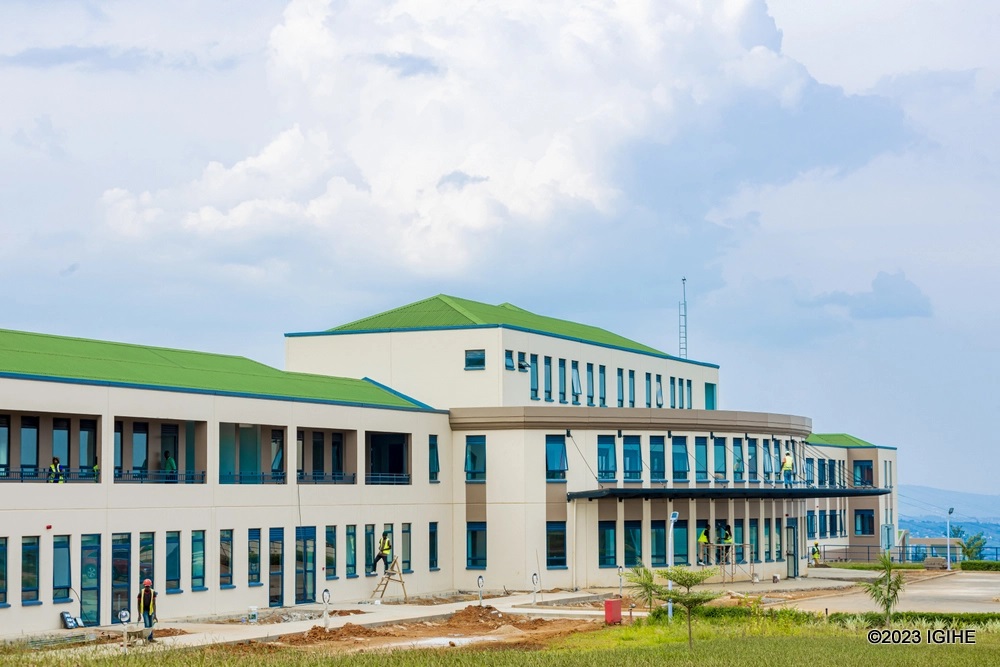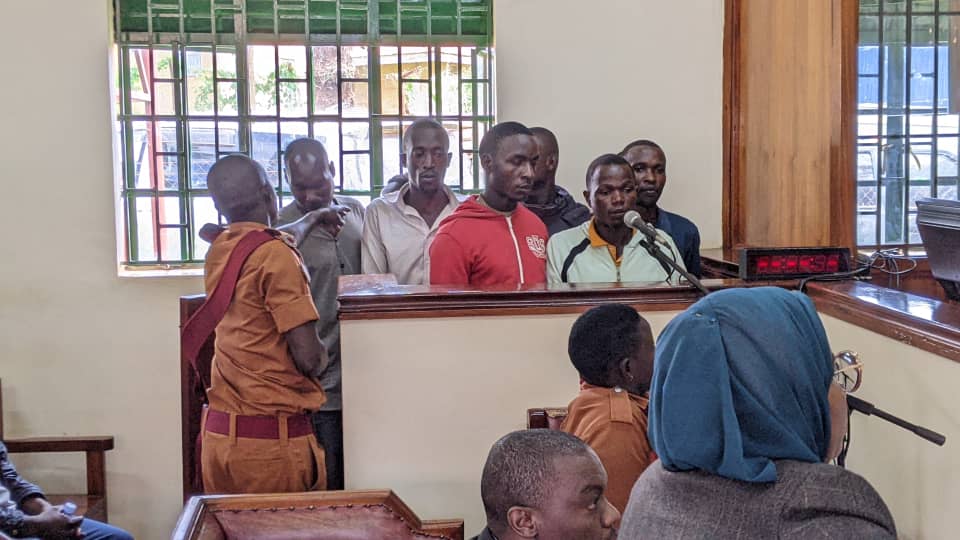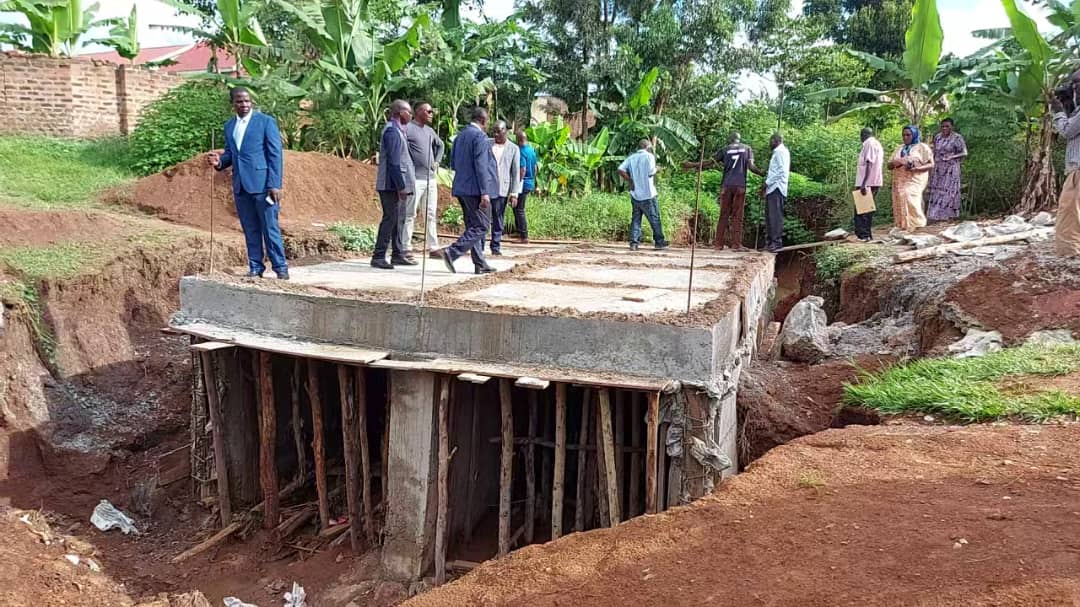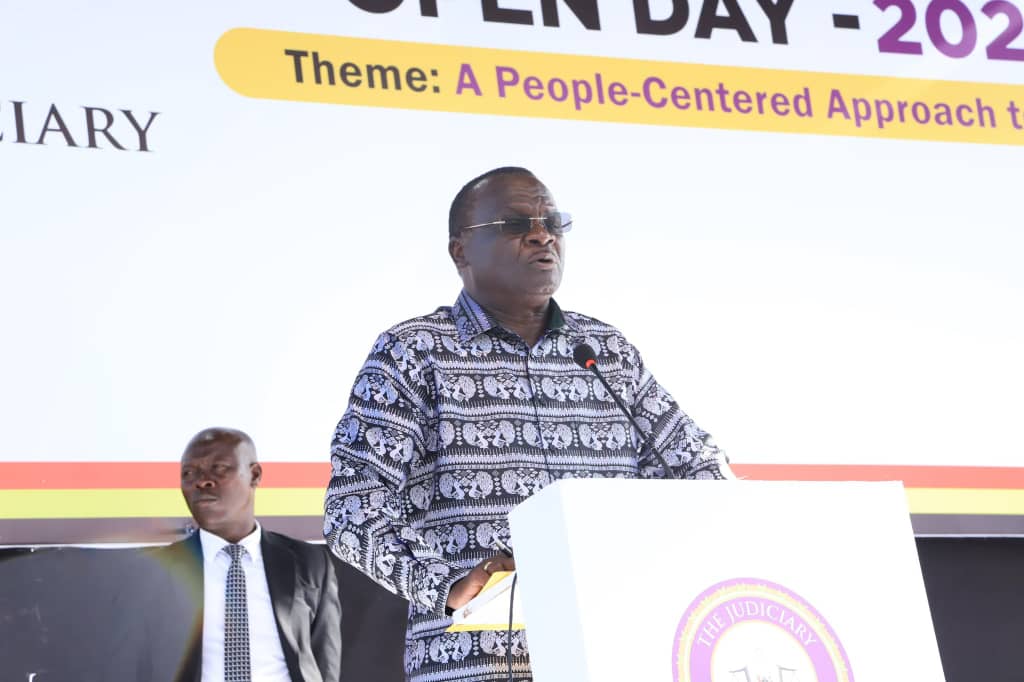The green villages of Rwanda
Many people take a home for granted. It’s where we are together, where we eat, where we play, where we love.
In Rwanda though, a country that’s made impressive social and economic progress in recent years from the aftermath of the 1994 genocide against the Tutsi, the concept of a secure “home” remains elusive for a number of people, with low incomes and the challenging terrain of the “land of a thousand hills” slowing progress.
Keep Reading
- > Rwanda marks 30th genocide commemoration with call for action and reflection
- > Bill Clinton, and Cyril Ramaphosa join Rwandans in commemorating 30 years since the genocide
- > Rwanda reflects on 30 years since the 1994 genocide: observing a solemn week of mourning
- > World let us down in our most trying moment - Kagame
But as the country speeds up its recovery – thanks to massive government efforts, poverty rates have dropped by over 5 percent in recent years, with a huge 8 percent growth in GDP from 2001 to 2014 – finding a home in a safe environment and community, including basic and sustainable services, is becoming a lasting reality for many of Rwanda’s poorest and most vulnerable communities.
As part of the nation’s vision and commitment to transform into a middle-income nation by 2030, the Government of Rwanda partnered with the United Nations Development Programme and UN Environment through the Poverty-Environment Initiative (PEI) in piloting the concept of Green Villages for Rwanda.
This new concept provided an integrated approach to tackle Rwanda’s growing natural resource challenges, while at the same time providing homes, schools, water, gas and electricity for some of the country’s poorest and most vulnerable communities.
A new village for a new climate reality
The first Green Village was launched in Rubaya village in 2011 by the President of Rwanda Paul Kagame.
“The Green Village concept was designed to demonstrate how addressing poverty related environmental problems such as soil erosion, inadequate access to water, deforestation and unsustainable land use and clean energy, among others, can help achieve national development goals and priorities,” said Jan Rijpma, International Technical Specialist for the PEI project.
The new village was a smash hit.
This integrated approach included a number of environmental and social protections that supported people in the community in earning more money, improving nutrition and food security, protecting local natural resources, sending kids to school, and building a home in a country where despite the immense progress, four out of 10 children are chronically malnourished, around 40 percent of the population still lives in poverty, and new threats from climate change, including droughts, floods and irregular rainfall patterns are putting livelihoods in the crosshairs.
Components of a Green Village
- Water reservoirs control run-off and ensure that water is available throughout the year. This generates health and economic benefits to the village households.
- Improved sanitation decreases the prevalence of waterborne disease and related loss in productivity.
New agricultural practices such as terraces and soil-erosion-control techniques including agro-forestry are being introduced to reduce soil fertility loss and improve agricultural productivity.
- One cow per family. Each family was given a cow. This improves health and food security, generates income for farmers that were able to sell excess milk, and contributes to increased soil fertility through composting.
- Biogas digesters provide households with a clean cooking fuel. The use of biogas decreases the use of wood for fuel, avoids deforestation, provides manure for crop cultivation, increases indoor air quality and thereby limits the negative impact of smoke and particle matter on the health for families. Digesters also prevent water pollution and counter the prevalence of waterborne diseases.
- Houses that last. The construction of iron-roofed houses each covering a usable space of 100m2 improve the quality of life and sense of safety and security.
- Rain water harvesting is made possible with the new iron roofs.
- Schools are being constructed close to the villages to increase school attendance and improve educational opportunities for young children, an essential component in providing new opportunities for generations to come.
The first Green Village experience
The Kabeza village in Gicumbi District was the site of the first pilot Green Village of Rwanda. Solange is a vibrant young woman that heads the cooperative there.
“I remember how we were before at this site, the poor people were the poorest among the poor. But if you see them now, they look better off. Living conditions are better.
Before we had problems to access water and problems with health. But now we have biogas, a school, a health center and water. We have solved all these problems,” said Solange.
Under Solange’s leadership and with support from government, kids are now going to school. The biogas digesters mean that they no longer have to make long hikes to gather firewood.
“Kids were no longer going to school because they were also looking for firewood. We had to go far away to pick up firewood. Sometimes it would not be dry, and it would make a lot of smoke, which was not healthy,” said Solange.
With the excess milk produced by the cows in the village, the local cooperative has also set up a yogurt manufacturing facility.
“Thanks to the support provided, we are now cultivating and getting more crops.
Yields are bigger and we live in good houses. And thanks to the water harvesting systems, people can pick up water in the village, and we even supply and sell water to other communities,” said Solange.
Scaling up of Green Villages
This initiative has proven to be a sustainable solution in rural Rwanda, especially for vulnerable segments of the population that live under difficult conditions, on very steep slopes prone to landslides, on small islands in the many lakes, and generally in poor economic conditions with limited infrastructure and public services.
The benefits were also illustrated by a study that was done for Kabeza village, and which proved that investing in Green Villages is cost-effective, when taking into account social and environmental benefits.
The study also estimated that scaling up of green villages will generate further indirect economic benefits and lead to a significant decrease in poverty.
Other donors and the government have taken up this model and invested in similar type villages, which led to the establishment of around 44 “Green” and model villages by early 2018.
And there is a national target to reach at least one of these villages in each of the 416 sectors in the country by 2024.
More resources
With support from the UNDP-UN Environment National Adaptation Plan Global Support Programme (NAP-GSP), the government of Rwanda is working to mainstream and accelerate climate actions through improved adaptation planning.
Learn More The GEF-financed "Reducing Vulnerability to Climate Change by Establishing Early Warning and Disaster Preparedness Systems and Support for Integrated Watershed Management in Flood Prone Areas" aims to reduce the vulnerability of the Gishwati ecosystems in Rwanda. Learn More UNDP Rwanda
Story by Greg Benchwick with Jan Rijpma and UNDP Rwanda.


